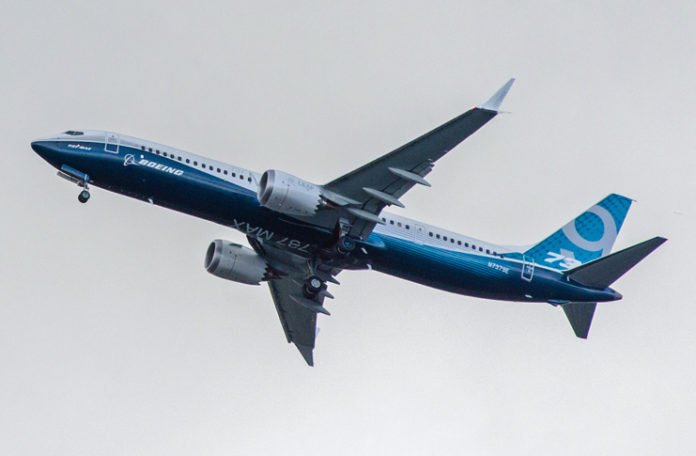
TravelingForMiles.com may receive commission from card issuers. Some or all of the card offers that appear on TravelingForMiles.com are from advertisers and may impact how and where card products appear on the site. TravelingForMiles.com does not include all card companies or all available card offers.
Some links to products and travel providers on this website will earn Traveling For Miles a commission that helps contribute to the running of the site – I’m very grateful to anyone who uses these links but their use is entirely optional. The compensation does not impact how and where products appear on this site and does not impact reviews that are published. For more details please see the advertising disclosure found at the bottom of every page.
I’m pretty sure there’s no need for me to go over the reasons why the Boeing 737 MAX aircraft are getting so much attention right now (I’ve gone over that ground a few times before) so I’ll just focus on the question a lot of readers have been asking me over the past few weeks – will I be happy to fly on Boeing’s 737 MAX aircraft once the authorities have re-certified the aircraft as airworthy?
Recent schedule changes have seen various airlines tentatively scheduling their 737 MAX aircraft to operate services later this year – American looks like it expects to be flying its MAX from the beginning of September, Alaska appears to expect its MAX aircraft to be flying between Seattle and LA from the end of August and even foreign carriers (like Turkish Airlines) are scheduling 737 MAX service for later this year – but the truth is that none of this really matters right now.
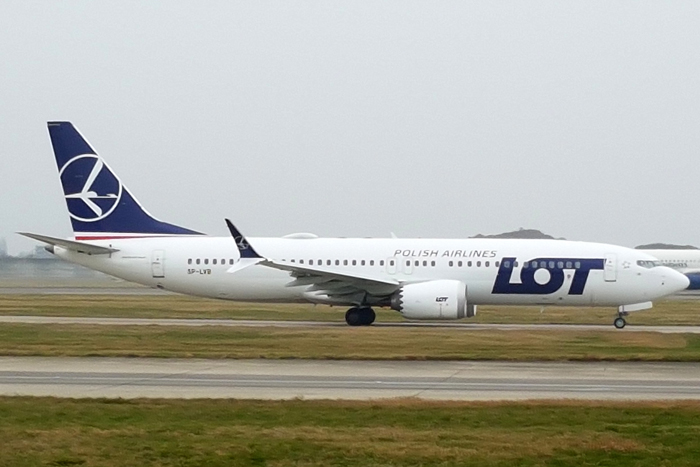
What matters is how the public will feel about the aircraft when it returns into service.
Whether or not the 737 MAX aircraft start flying tomorrow, next week, next month or next year the fact is that the aircraft will, at some point, return to the skies and some people are understandably concerned about the safety of the aircraft.
I happen to be one of them.
I’ve never really questioned the safety of a commercial aircraft before and even when the Dreamliner’s batteries were catching on fire I never really considered attempting to boycott the aircraft…but things are different with the 737 MAX.
I didn’t have such reservations when things were going wrong with the Dreamliner.
Corners appear to have been cut during the design of the 737 MAX, profitability appears to have put ahead of safety and, worst of all, political pressure appears to have been applied in an attempt to keep the MAX flying when prudence and logic dictated it should be grounded.
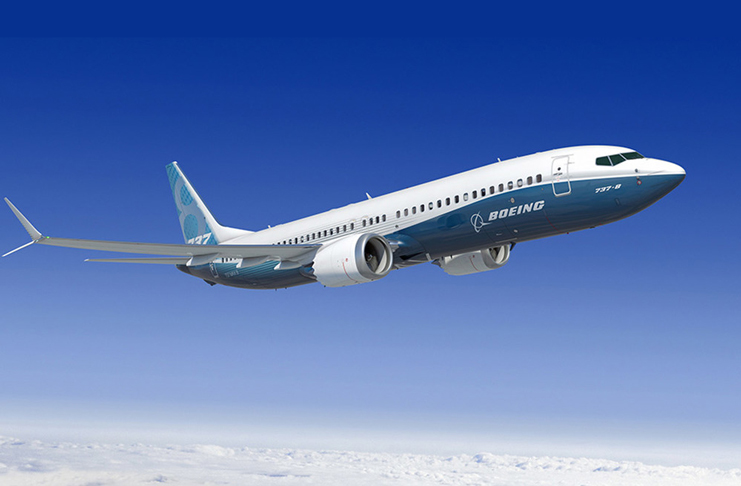
None of this leaves me with very much confidence that either Boeing or the FAA can be trusted to do the right thing going forward….and that’s why it’s good news that some of the bigger aviation authorities around the world (like the European Union Aviation Safety Agency – EASA) are expected to play a much more significant role in certifying the 737 MAX to fly in their jurisdictions.
Historically, agencies such as the EASA have relied heavily on information supplied by the FAA when it comes to certifying US-built aircraft, but it looks like the issues with the 737 MAX aircraft may be changing how things are done.
The FAA has emerged from the 737 MAX crisis looking like the underfunded, underresourced agency that it is and regulators elsewhere around the world appear to now be questioning just how much weight they can put on the information the FAA supplies….and understandably so.
So, before the 737 MAX will be certified to operate outside of the US there’s almost certainly going to be a lot more scrutiny of the aircraft from the European Union, Canada, Brazil, etc… and that means that we, the flying public, should be able to have quite a bit more confidence that any 737 MAX taking to the air in the future has been properly checked out.
That’s the good news.
The bad news is that I’m not sure that’s really going to be enough for me.
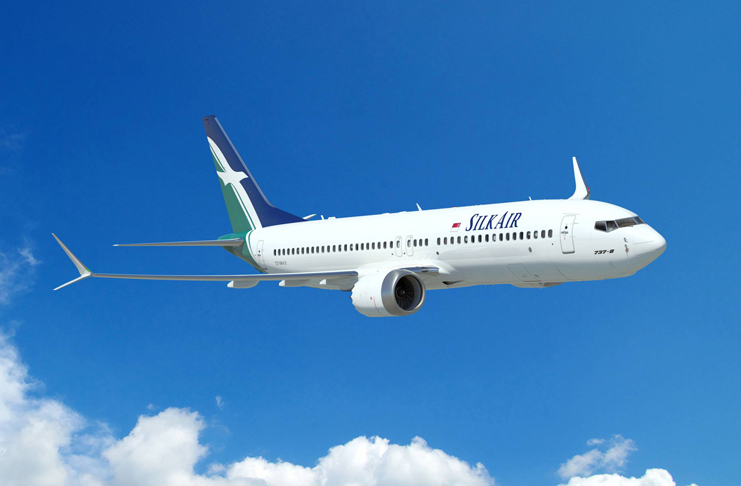
I’m under no illusion that one day I’ll be stepping foot on to a 737 MAX…but I’m in no hurry for that day to come. While the number of 737 MAX aircraft flying around the world is comparatively low it should be easy to give the aircraft a wide berth…and that’s what I plan to do.
While there are other aircraft operating the routes I want/need to fly I’ll be doing my best to avoid the 737 MAX as I see no reason to fly it just now.
It’s possible that the 737 MAX will re-enter service as the safest aircraft ever manufactured but the fact remains that, thanks to the attitude apparently adopted by Boeing during the design and production of the aircraft, I can’t help but wonder if the fixes we see implemented on the MAX won’t just be a series of bandaids designed to cover up deficiencies that only a complete redesign will truly fix. A redesign that we’re unlikely to ever see.
Bottom Line
The 737 MAX is an aircraft I’m not sure I’ll ever fully trust and, as someone who doesn’t really like flying all that much (yes, I know that’s amazingly illogical), I don’t see any reason to fly in the aircraft unless I absolutely have to.
There will come a time where it will be quite hard to avoid flying in a 737 MAX aircraft without taking an annoyingly circuitous routing or without having to pick another destination and when those times come I’ll probably fly in the aircraft just like everyone else….but until then I think I’ll take a pass.



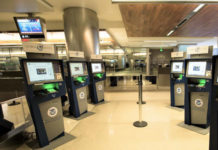

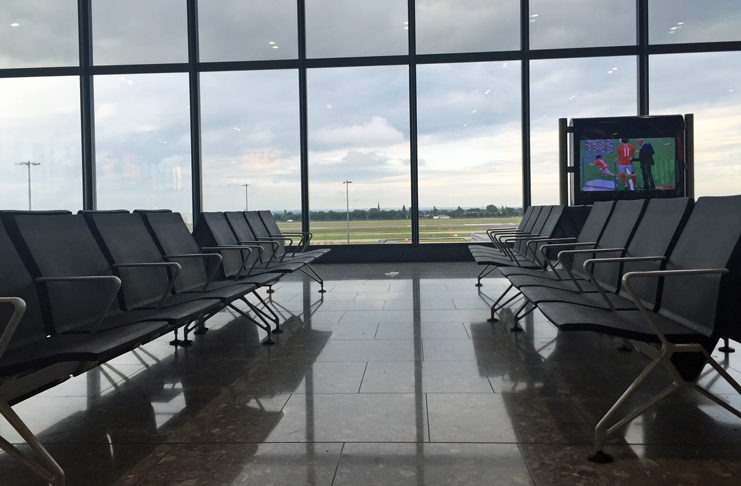







![Earn 20,000 bonus Amex points on Air France/KLM bookings [Targeted] a row of seats in a plane](https://travelingformiles.com/wp-content/uploads/2024/03/air-france-new-business-class-2-741-356x220.jpg)



I couldn’t agree more! It makes me crazy these other bloggers and their blind test in the face of clearly is a clusterf*#%<~. I think American greed got a hold of everyone including the pilots. Now we will always have doubts. Because what other corners were cut/hidden as well. So sad, I wish we still had a functional government oversight system.
The basic design flaw of the size and position of the engines, now well known, means that I will avoid flying on the B737Max series. No amount of software fixes can change the design flaws.
[…] if you’re perfectly happy to fly the 737 MAX 8 on safety grounds (I don’t think I am) this is still an American Airlines aircraft you should be looking out for in the schedules and […]